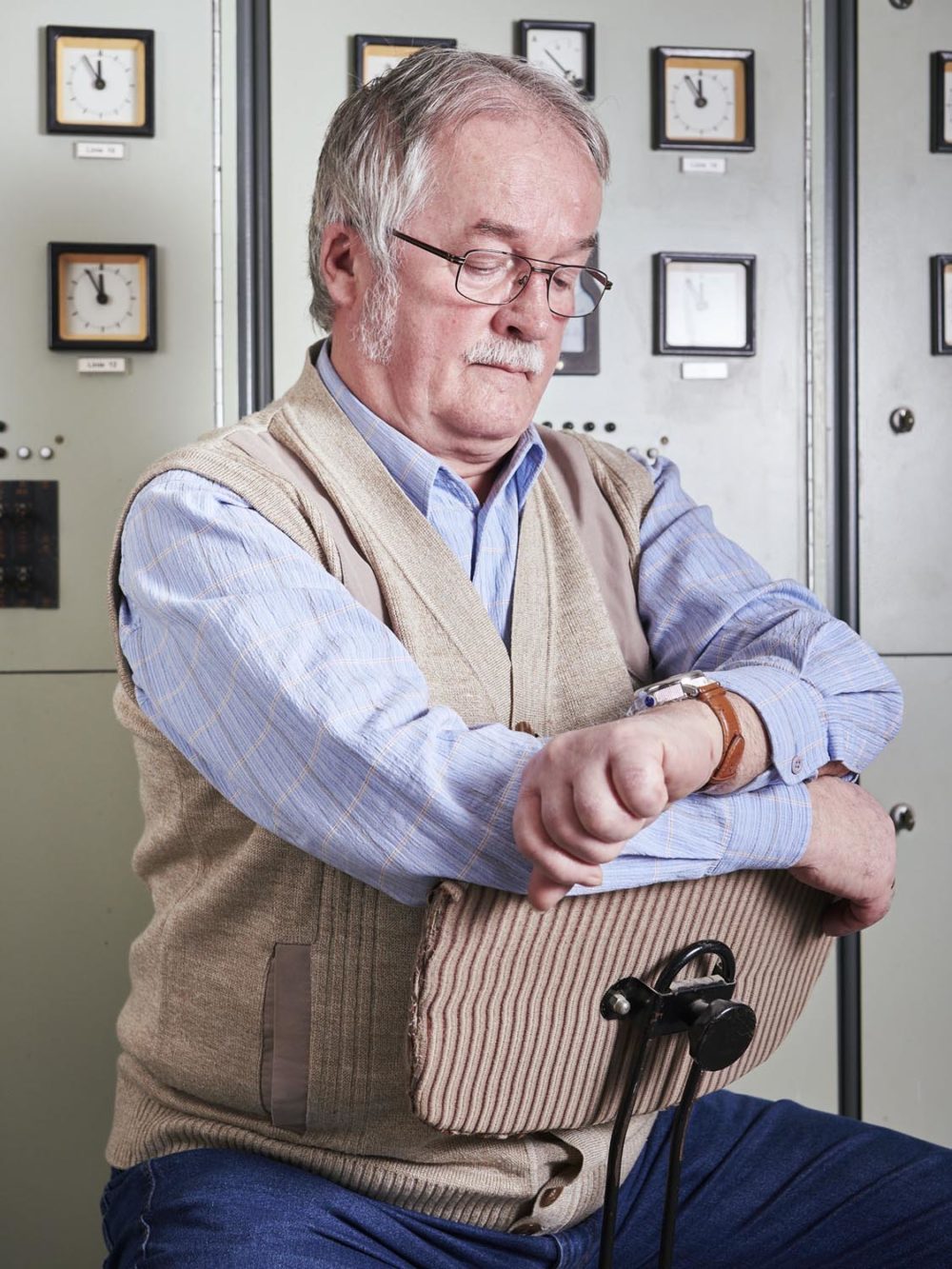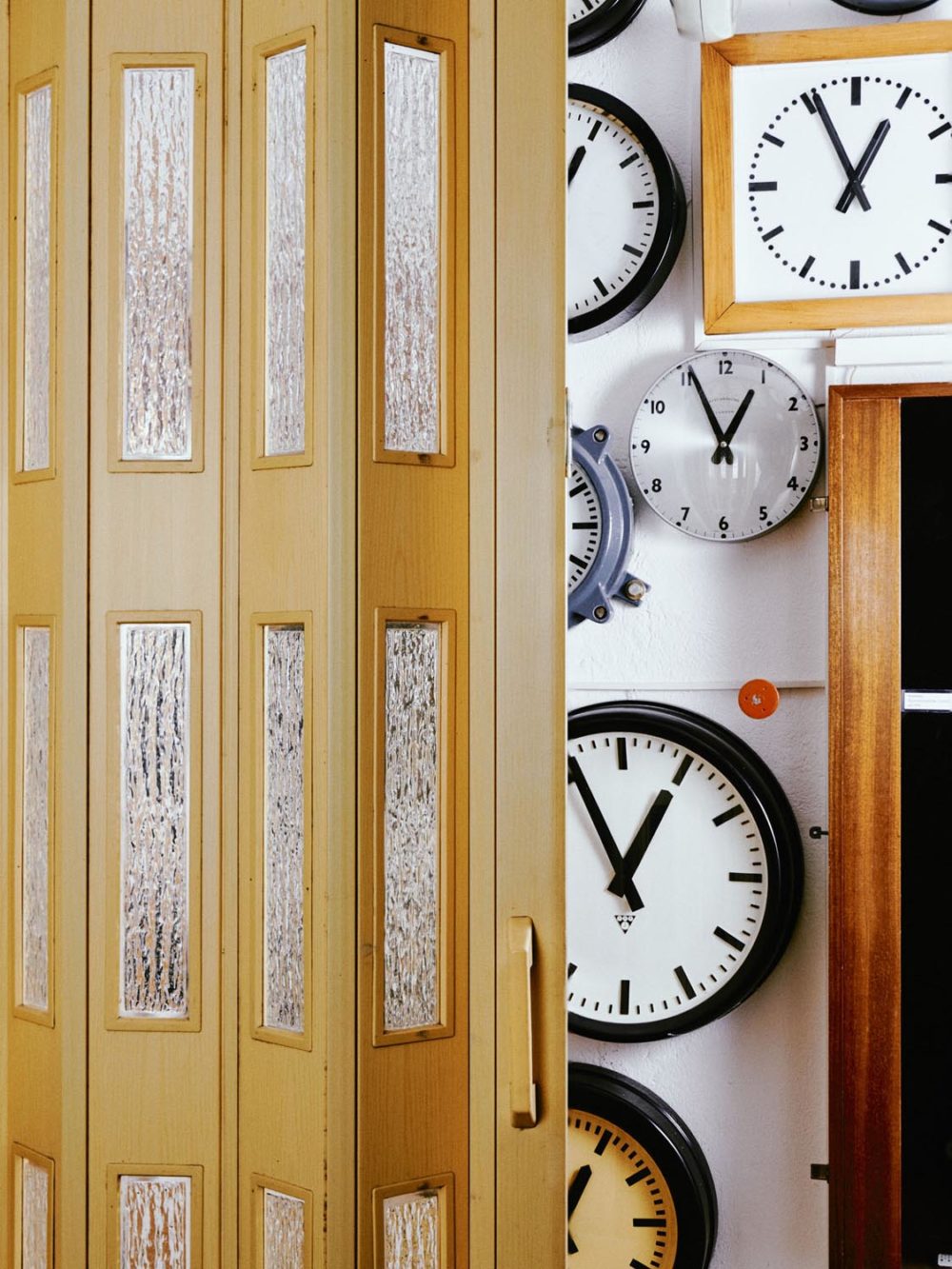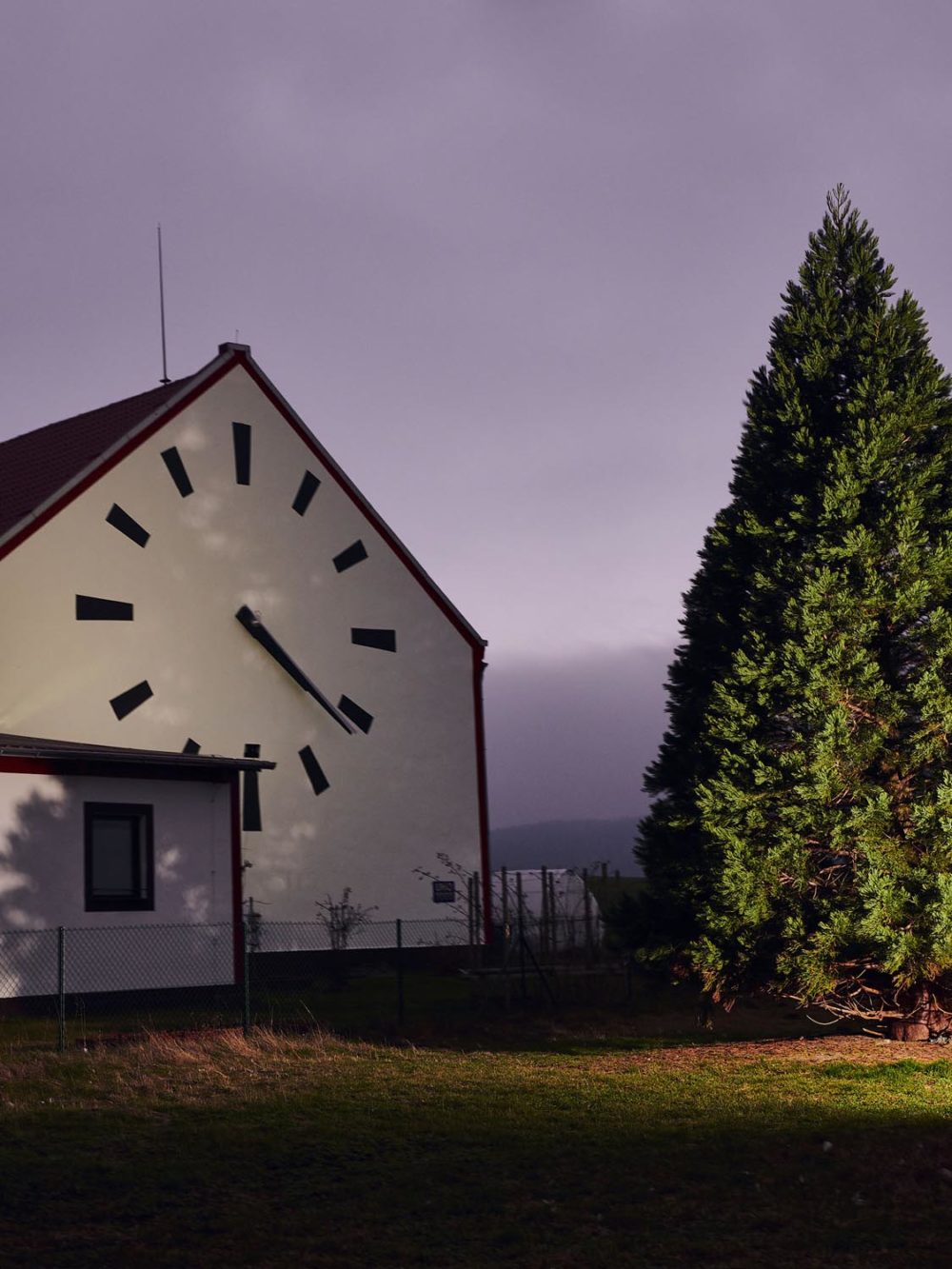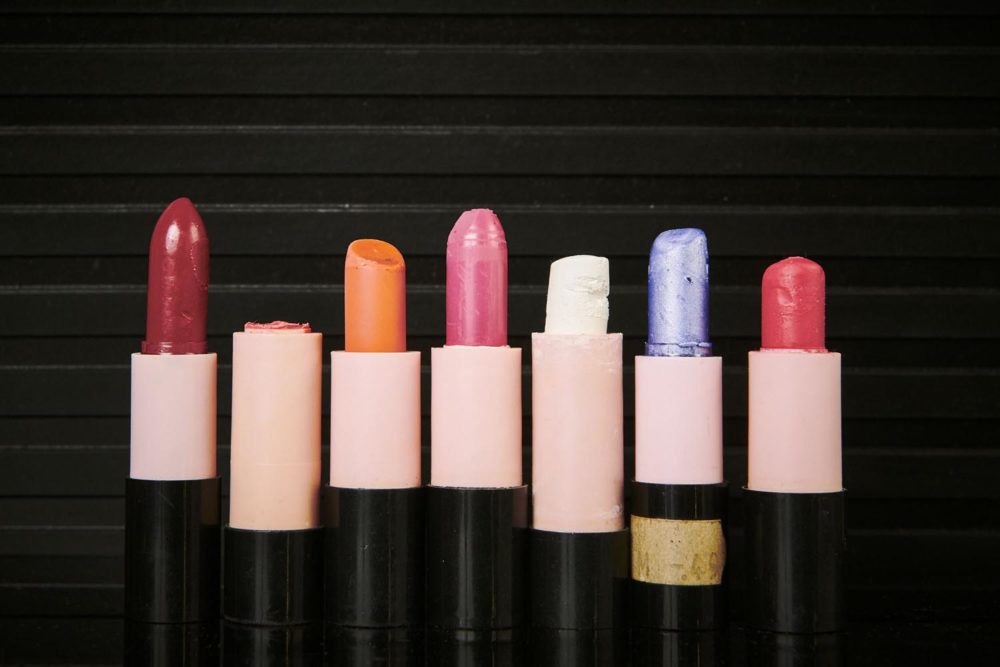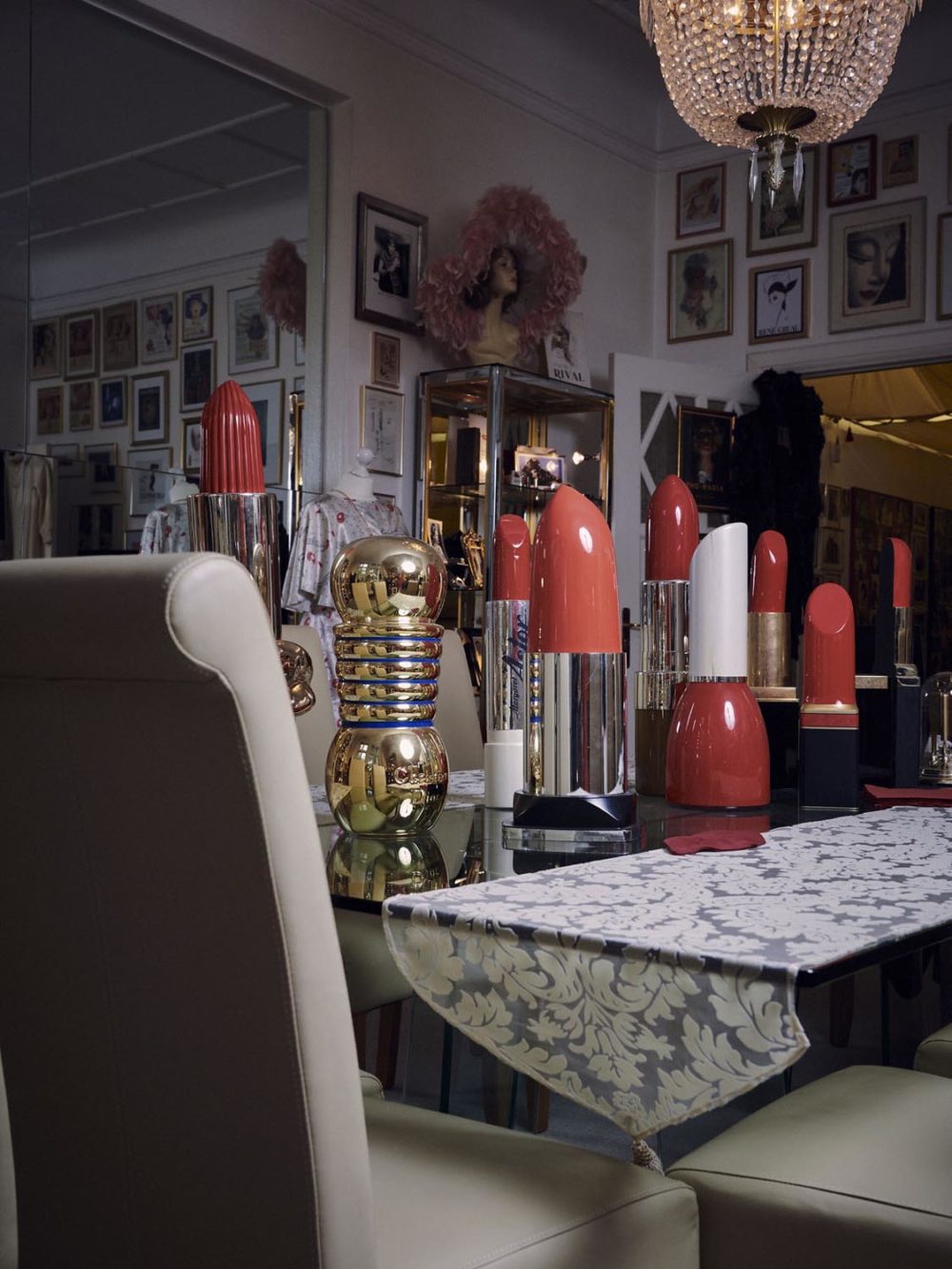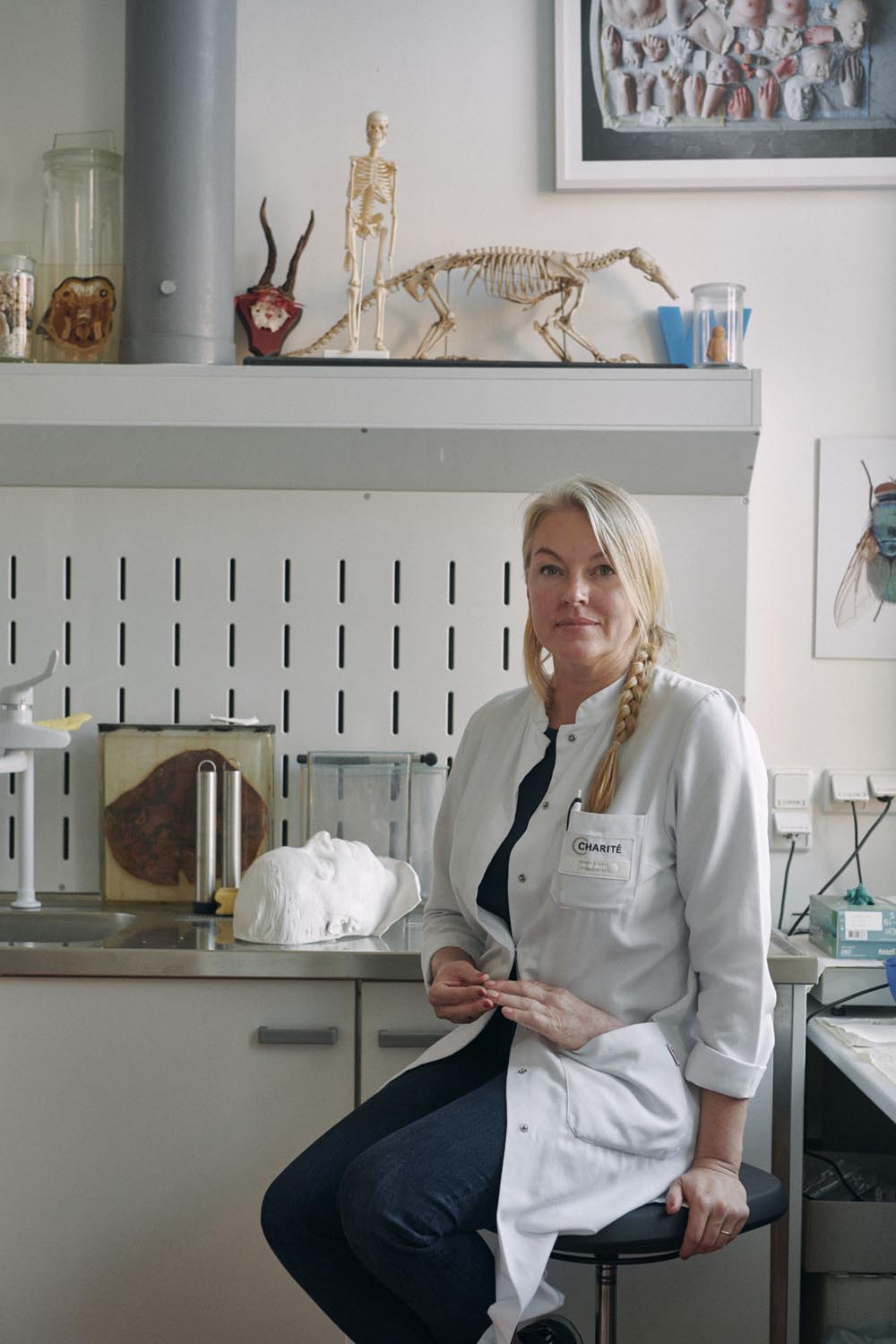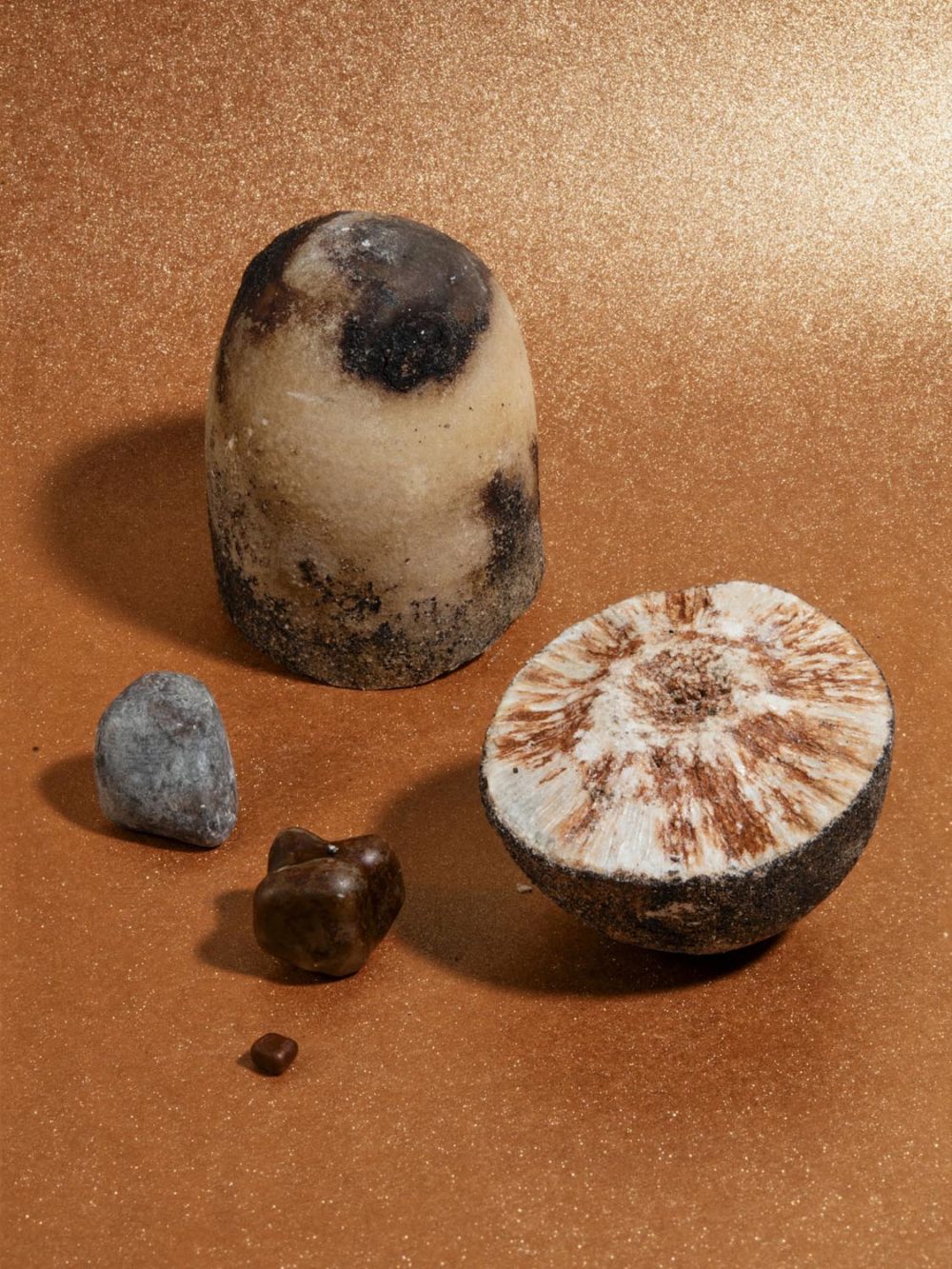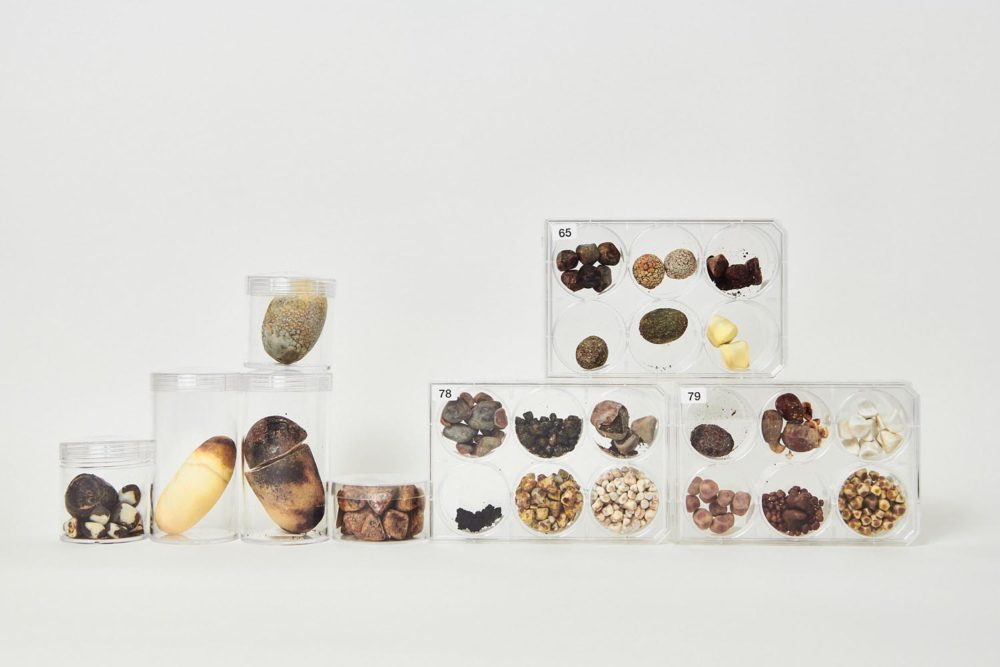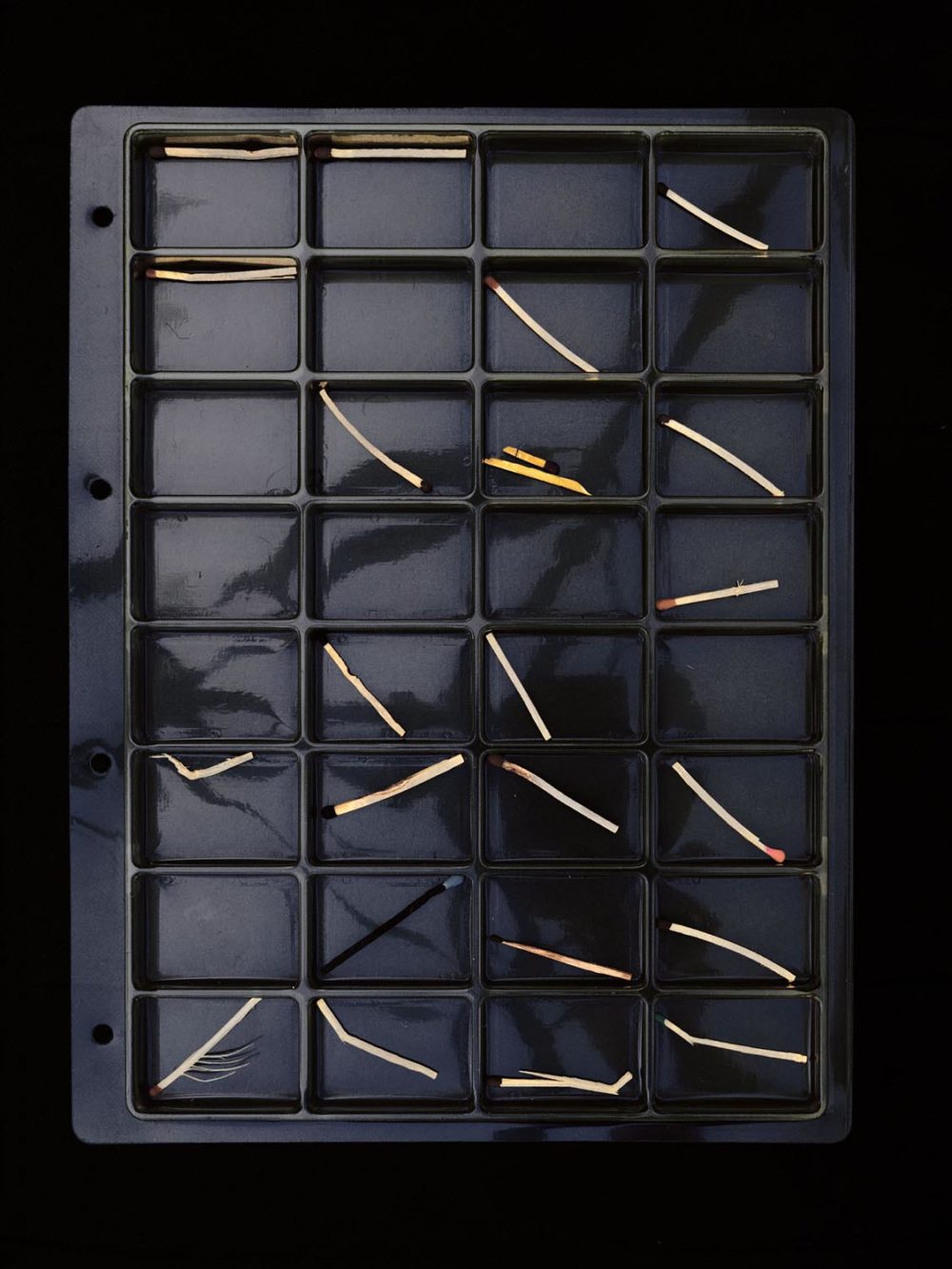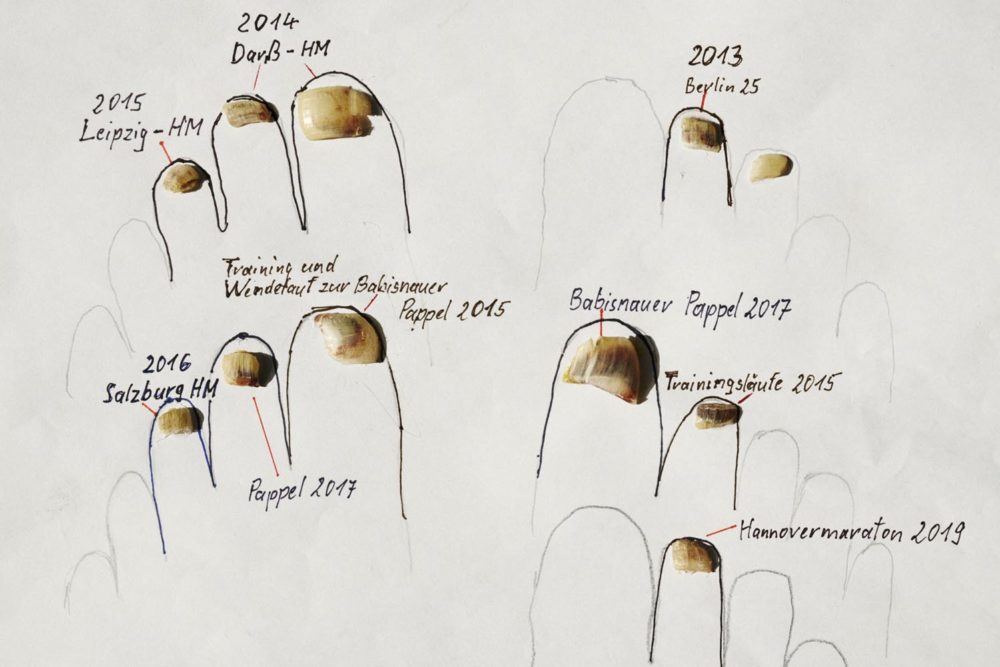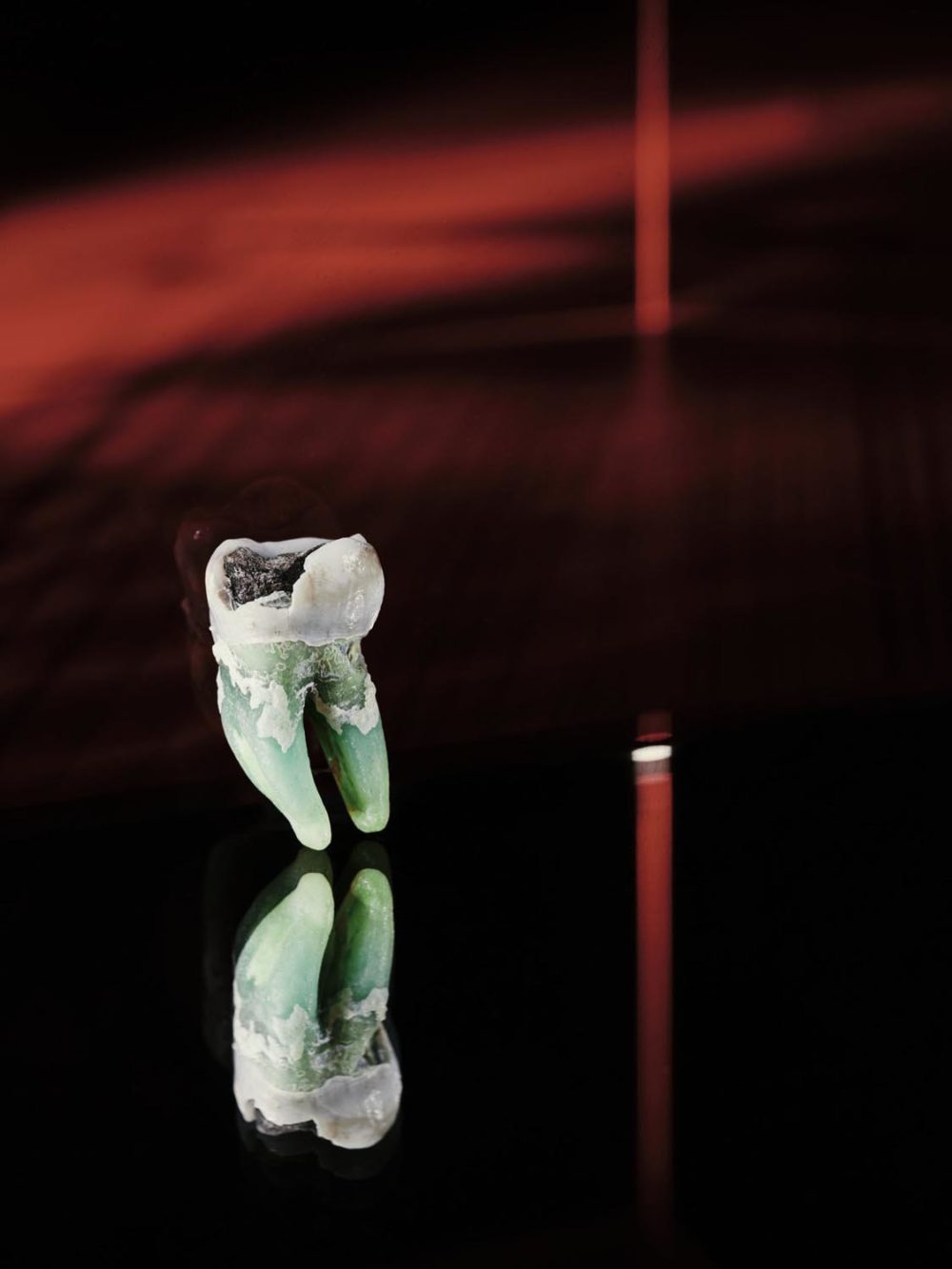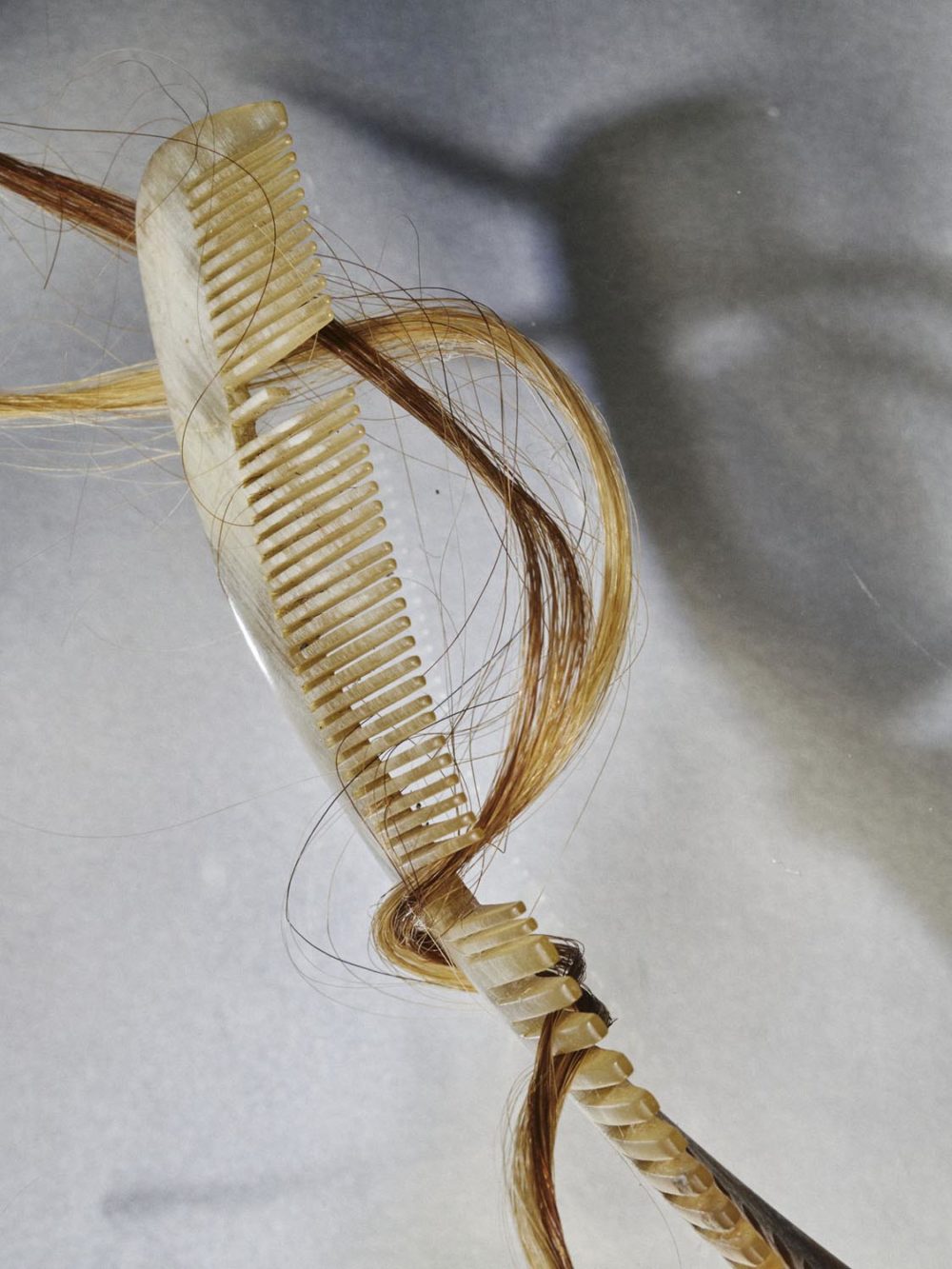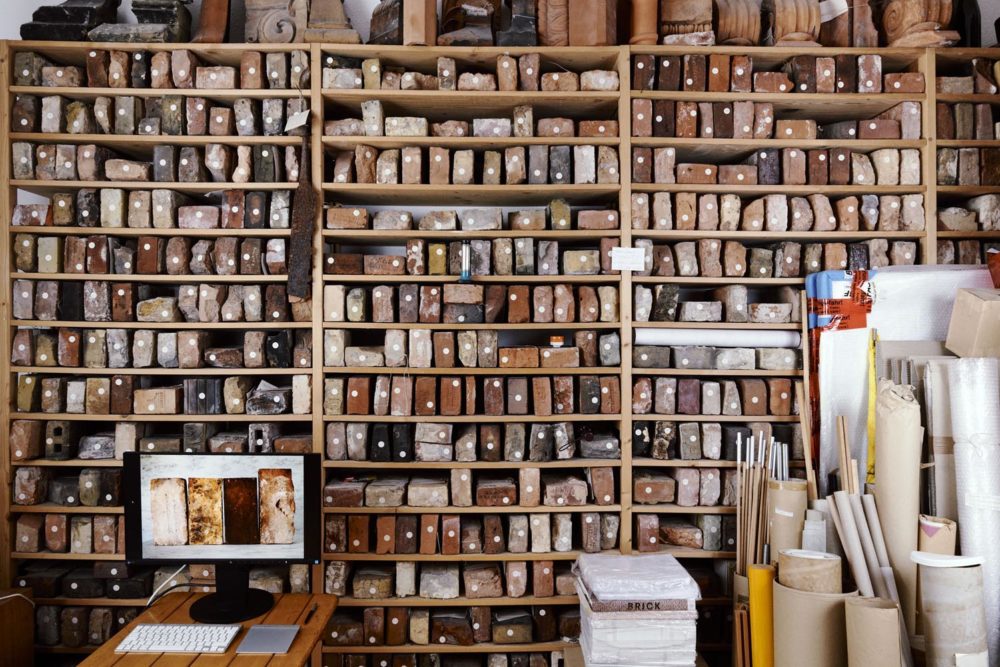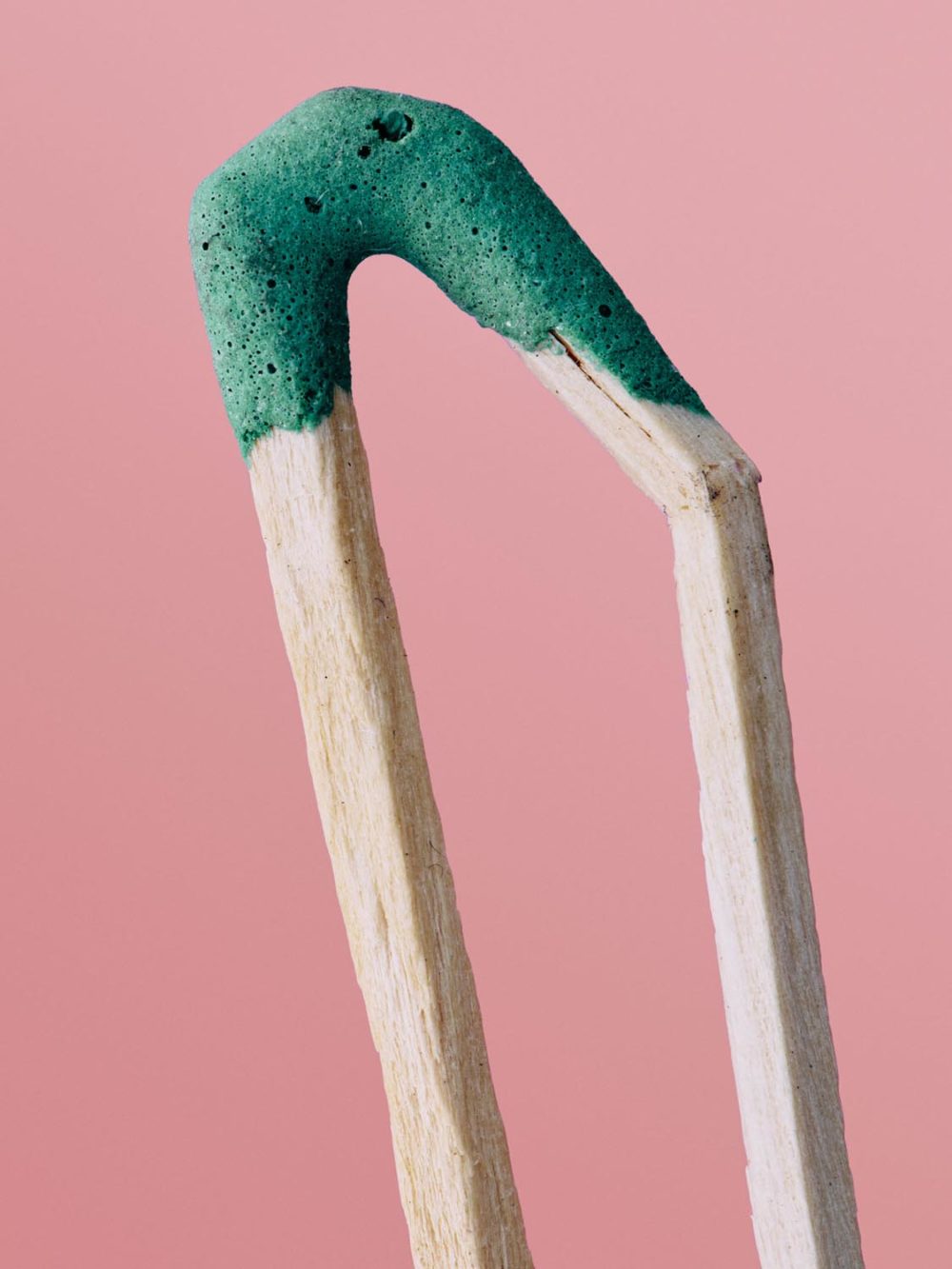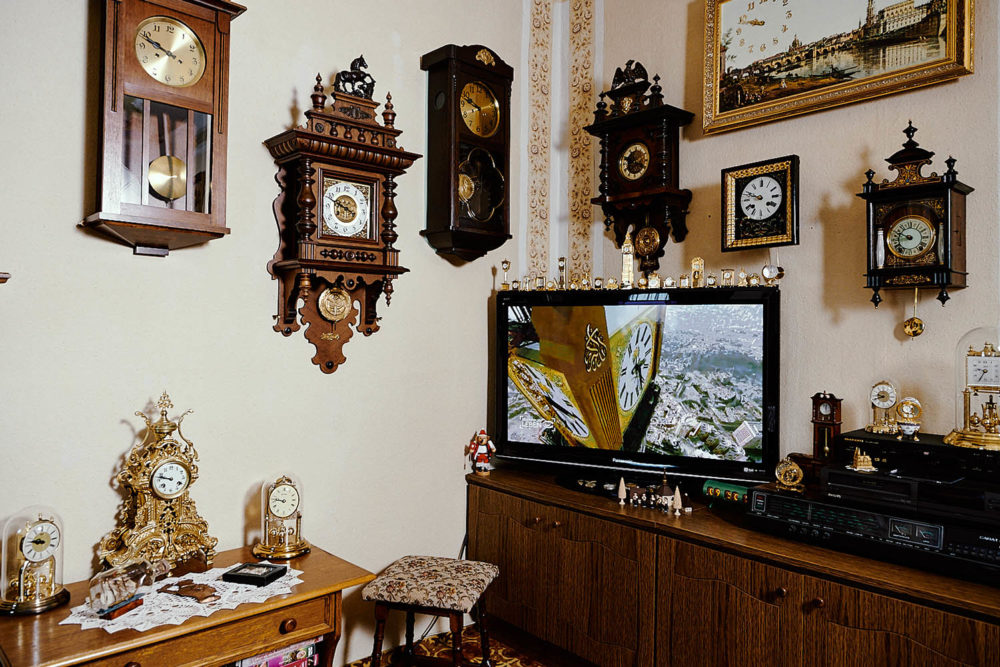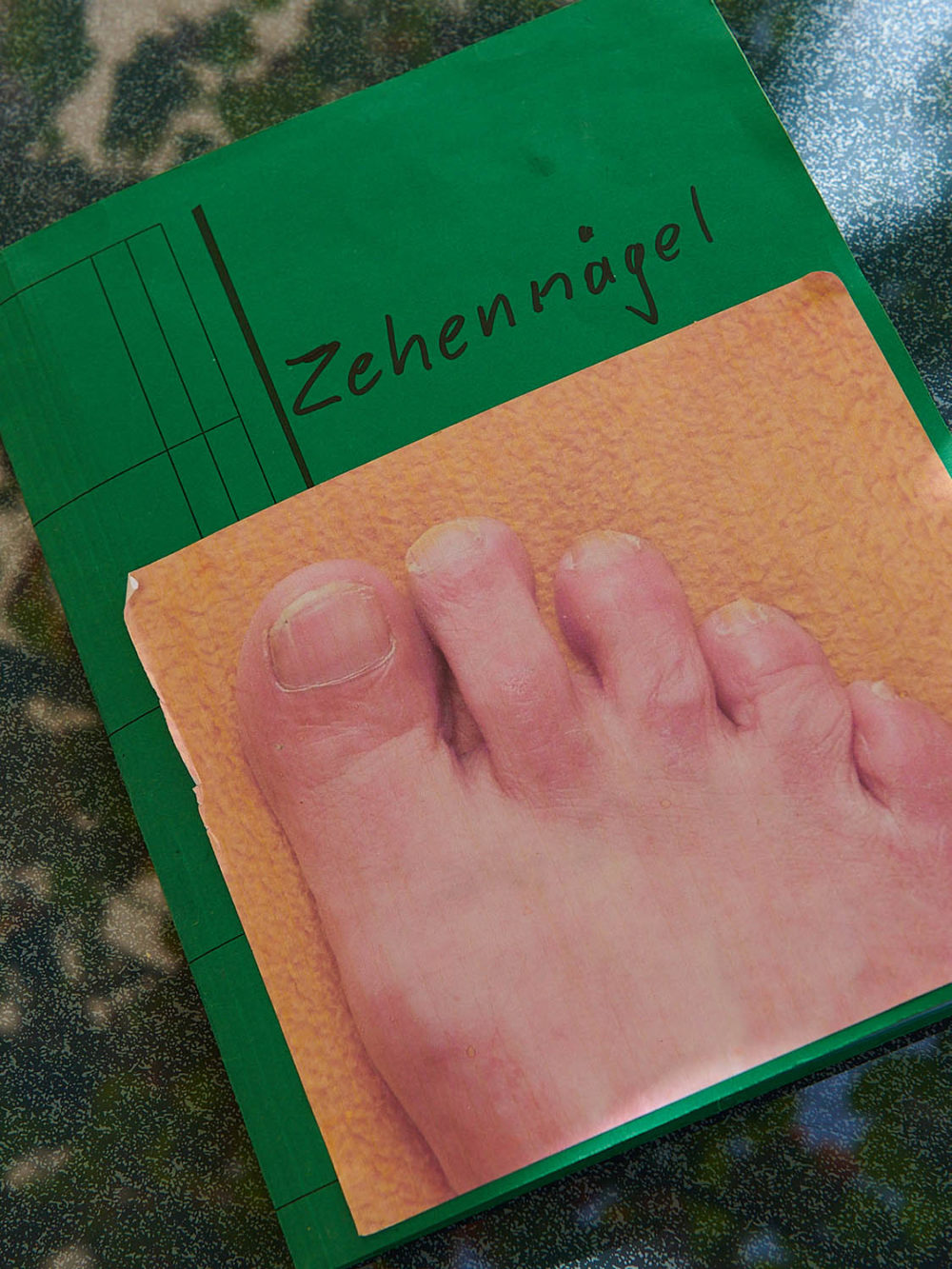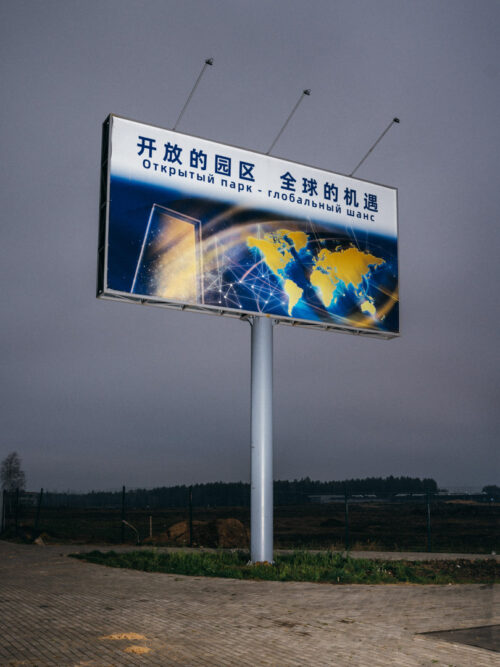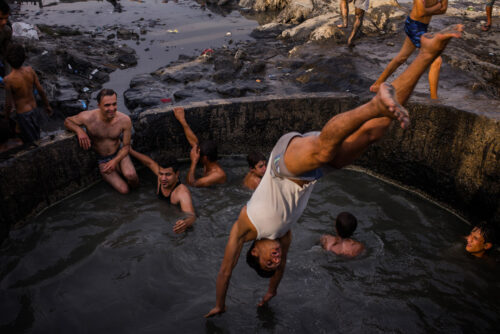Picture Series
Caroline Heinecke Herr der Dinge
Regine von Chossy collects hair and exhibits it in her own hair museum with dated and signed hair donations. Karl Ludwig Lange collects bricks from which he draws conclusions about the history of his surroundings, and Navena Widulin collects gallstones, continuing a tradition in the laboratory at the Berlin Museum of Medical History at the Charité. Of all the motivations that stand behind people’s actions, there is hardly anything that does not have its origins in collecting. By compiling and displaying the most diverse objects, people find orientation and live out not only their passions, but also their vanity and drive for power. Objects have always been selected and collected, either for use or purely for viewing, and information has always been compiled for exchange and to aid in decision-making. Photographer Caroline Heinecke has devoted herself to these collections, whose motivating factors may not be clear and which, at first glance, may seem whimsical or even bizarre.
- Bizzare
- Collecting
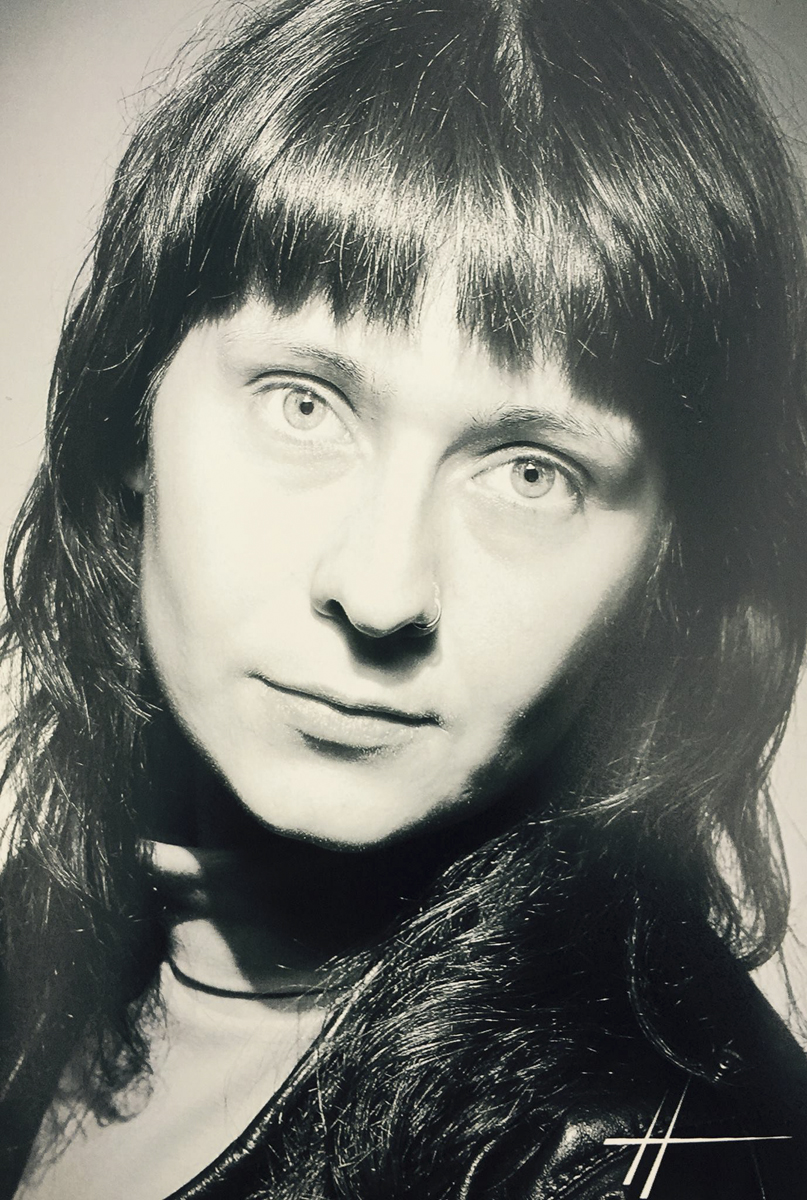
*1986 in Nordhausen, Germany
Caroline Heinecke studied at the Anhalt University of Applied Sciences and the Ostkreuzschule für Fotografie in Berlin. She specialises in still-life and product photography, making visible the hitherto undiscovered characteristics of her photo objects. She spotlights the undervalued functions of the objects she photographs.
